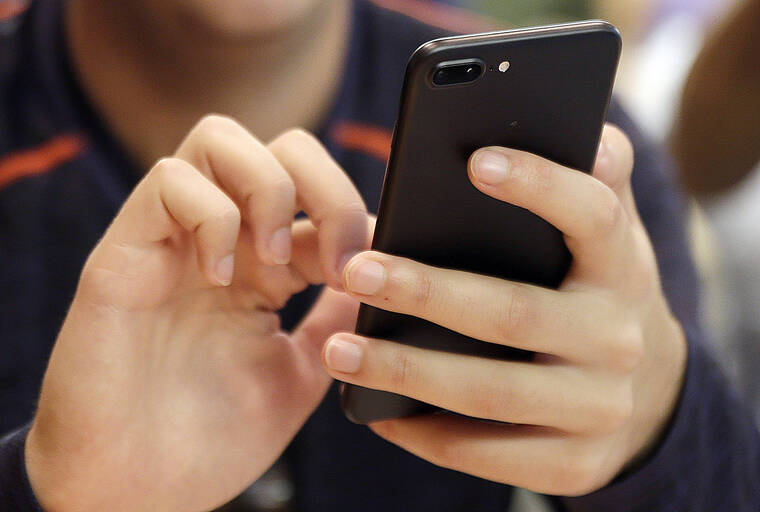Tech View: Options for international travel with your mobile phone
With international travel picking up in the post-pandemic world, many folks are wondering what to do to keep their smartphones connected. There’s good news. In addition to wireless service providers offering attractive plans, advancements in technology also facilitate great options. The article discusses the availability of plans for international mobile phone use on smartphones for international travel. Major wireless carriers, like AT&T and Verizon, have simplified their international roaming offerings that work in nearly every country most Americans would choose to visit. Major carriers include plans that allow users to use data, text and call quotas from their regular plans at $10 per day, while T-Mobile bundles international access into many of their plans, although voice is not included. The advent of the e-SIM has made obtaining a local number easier, allowing users to have multiple phone numbers on the same device. The e-SI, introduced over five years ago, has been a relatively minor issue, but its name implies it provides a phone’s number and enables a smartphone to use carrier voice and data services.

Published : 2 months ago by None in Travel
With international travel picking up in the post-pandemic world, many folks are wondering what to do to keep their smartphones connected. There’s good news. Read more
With international travel picking up in the post-pandemic world, many folks are wondering what to do to keep their smartphones connected. There’s good news. In addition to wireless service providers offering attractive plans, advancements in technology also facilitate great options.
First, let’s talk about plans. In recent years, major wireless carriers have vastly simplified their international roaming offerings that work in just about every country most Americans would choose to visit. Both AT&T and Verizon, for example, have offerings that let you use the data, text and call quotas from your regular plan at just $10 per day. AT&T caps charges at $100 per trip. Verizon has a $100 plan for longer trips, although there is a cap on voice minutes under this plan. T-Mobile bundles international access into many of their plans, although voice is not included. Under such plans, you use your U.S. phone number.
Wi-Fi calling is a data-based service, as is Line, WhatsApp and even FaceTime, for iPhone users who don’t need voice service. These apps (and others) can be used to minimize voice minutes.
AT&T and Verizon both require you to opt in to their plans to use them, but just once. After that, every time you land in another country, the plan kicks in. Something to note: The plan pretty much automatically kicks in if you turn on your phone in another country, as data usage triggers the charge. It takes a bit of foresight to disable data services in advance of arrival in a foreign country.
In many cases, however, a number local to the country you’re in is highly desirable if not absolutely necessary. If you want the natives to return a call, for example, a local number is virtually required.
The advent of the e-SIM has made obtaining a local number much easier. Although introduced more than five years ago, the e-SIM has gotten relatively little fanfare. As its name implies, an e-SIM is an electronic SIM as opposed to the old-school physical SIM. The SIM is what provides a phone’s number and enables a smartphone to use carrier voice and data services.
One of the promises of the e-SIM is that it makes it easier to have multiple phone numbers on the same device. While some Android models have had dual physical SIMs for years, this was not possible on an iPhone until the release of the X in late 2017.
IPhones were not dual e-SIM capable until the release of the iPhone 13 in 2021, and many Android phones became dual e-SIM around the same time. Older models supported dual SIMs by virtue of one physical SIM and an e-SIM.
Adding an e-SIM is typically as simple as scanning a QR code. Anecdotally, it seems easy to find a local provider in most countries that will gladly sell you an e-SIM. A couple of weeks’ worth of service usually costs less than $50.
Once your device is equipped with dual SIMs, one number is designated as primary and the other secondary. Modern iPhones allow you to have up to eight secondary numbers, although only one (along with your primary) can be used at a time. All well-behaved apps will then allow you to pick and choose which number to use when calling, texting or using data. Incoming calls and texts also show which number is being used.
When you get home, the secondary e-SIM can be deleted. Generally speaking, a foreign e-SIM will not function in the U.S. anyway.
John Agsalud is an IT expert with more than 25 years of information technology experience in Hawaii and around the world. He can be reached at [email protected].
